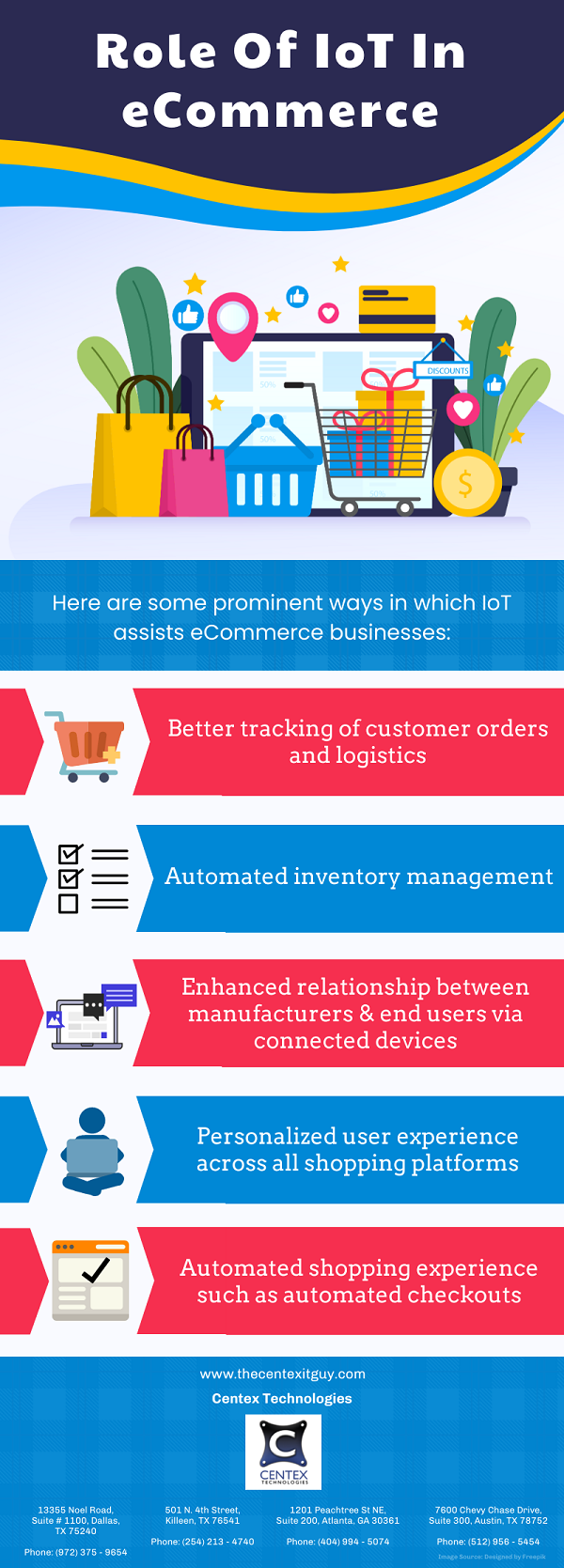Cybercriminals are using multiple techniques to infiltrate targeted networks. Some of the most common methods used by cybercriminals are:
- Man-in-the-Middle attacks – To eavesdrop on data conversations across different networks
- Spying software – To track fingerprint movements on touch screens
- Memory scraping malware on point-of-sale systems
- Bespoke attacks that steal specific data
In order to manage these scenarios, firewalls, anti-virus measures and tool-based security approaches are no longer sufficient.
New age cybercrime problems require new age solutions. Some technologies that can help organizations in formulating an effective cybersecurity strategy are:
Context-Aware Behavioral Analytics
- Problem: Over-whelming number of meaningless security alerts.
- Solution: Sophisticated context-aware behavioral analytics helps in monitoring and identifying suspicious behavior. Examples of behavioral analytics approach include Bioprinting, Mobile Location Tracking, Behavioral Profiles, Third-Party Big Data, and External Threat Intelligence. The trick is to use data from all these techniques to arrive at informative decision.
Next Generation Breach Detection
- Problem: Cyber criminals are using “zero day” exploits that allow them to establish a strong base and mine data in networks and systems for a long time (for example, target’s stolen credit card details can be used over a long duration).
- Solution: A combination of technologies such as Machine Learning and Behavioral Analytics can be used to detect breaches and trace them to the source.
The next generation breach detection focuses on what will happen once the criminal is inside the system. Breach detection operates by identifying strange changes in big data to determine the presence of a criminal inside the network.
Virtual Dispersive Networking (VDN)
- Problem: MiM attacks are cracking traditional encryption techniques to target intermediate nodes.
- Solution: Employ Virtual Dispersive Networking to split a message into different parts, encrypt each part separately, and then route these encrypted parts over servers, computers and mobile phones. This helps in randomizing the paths the message will take while taking into account network issues such as congestion. This makes it easier to avoid cyber criminals lurking around to eavesdrop on transmitted data.
Smart Grid Technologies
- Problem: Smart meters & field devices have increased the vulnerability of critical infrastructure.
- Solution: Employing a range of new security measures and standards can help in tackling this problem. For example, some tools and strategies that can be implemented to protect energy sector include Padlock, Watchdog, SIEGate, NetApt, etc.
We, at Centex Technologies, assist our clients in formulating effective cybersecurity strategies. To know more about latest in cybersecurity technology, contact Centex Technologies at (254) 213 – 4740.

